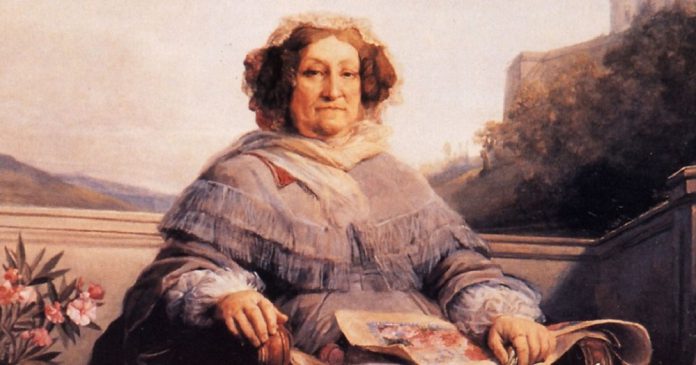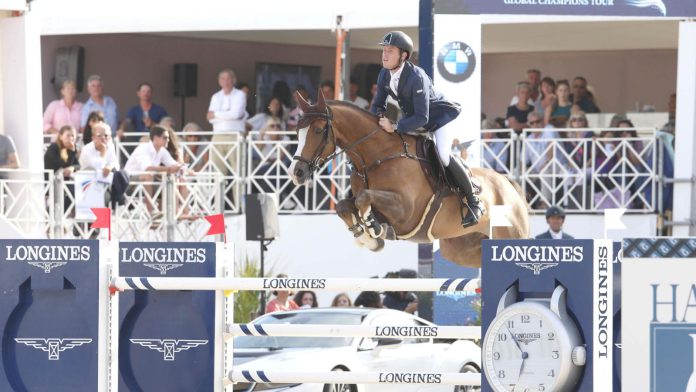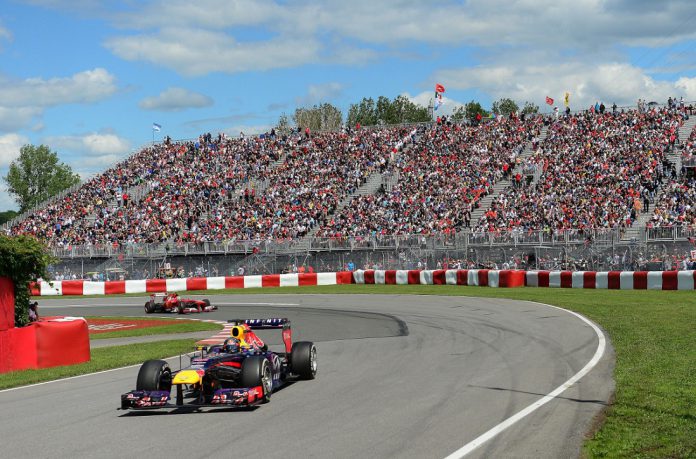C
hampagne can only be called Champagne if it is from Champagne, France rest are all grapes pressed into wine” Wine from the Champagne region, bore little relation to the sparkling wine we know today. The 89-year-old French woman, Barbe-Nicole Clicquot the first woman entrepreneur to rule the champagne world at the turn of the 19th century, when women were meant to be seen but certainly not heard, Madam Clicquot didn’t just buck the trends, rather she destroyed it, transforming a failing company into the enormously successful brand. She was so ahead of her time that her business philosophy still holds true 150 years later with the exact taste and class.
As a widow at the age of 27 she took control of the massive empire of her husband which dealt in banking, wool trading, and champagne production. During her reign the house mostly focused on champagne . Thriving funds supplied from her father-in-law and mastering the art of assemblage from Alexandre Fourneaux, under her management and her skill with wine, the company developed early champagne using a novel technique. She used the original English technique of adding sugar, but after this second fermentation was complete the bottles were held upside down.
The bottles were regularly turned so that the dead yeast would all gather near the cork (riddling). Once the settling was complete, the wine near the cork was removed and the corks frozen plug removed (disgorgement), followed by an addition of wine to refill the bottle. Prior to this invention the second fermentation of wine created a champagne resulting in a very sweet wine with large bubbles and sediment from the remains of the yeast used in the fermentation in the bottle (which creates the bubbles in the wine) resulting in a cloudy wine.
During the Napoleonic Wars, Madame Clicquot strided in establishing her wine in royal courts throughout Europe, notably in Imperial Russia, thus becoming the first Champagne house to ship Champagne to Russia in 1811. During this time, she also gave Champagne to the Prussian guards who opened the cork of champagne with their swords, which started the technique of sabring Champagne.
Veuve Clicquot Celebrates Yelloweek at La Société. Toronto, ON, Canada. May 5, 2014. (Image: Ryan Emberley) By the time she died in 1866 Veuve Clicquot had become both a substantial Champagne house and a respected brand which was easily recognised by its distinctive bright yellow labels. The wine also holds a royal warrant from Queen Elizabeth II of the United Kingdom.
Today, Veuve Clicquot is still a global success, selling over one million cases of champagne annually. And the woman herself is commemorated at the Veuve Clicquot Business Woman Awards, which recognise women who demonstrate Clicquot’s ‘enterprising spirit, courage and determination’.





